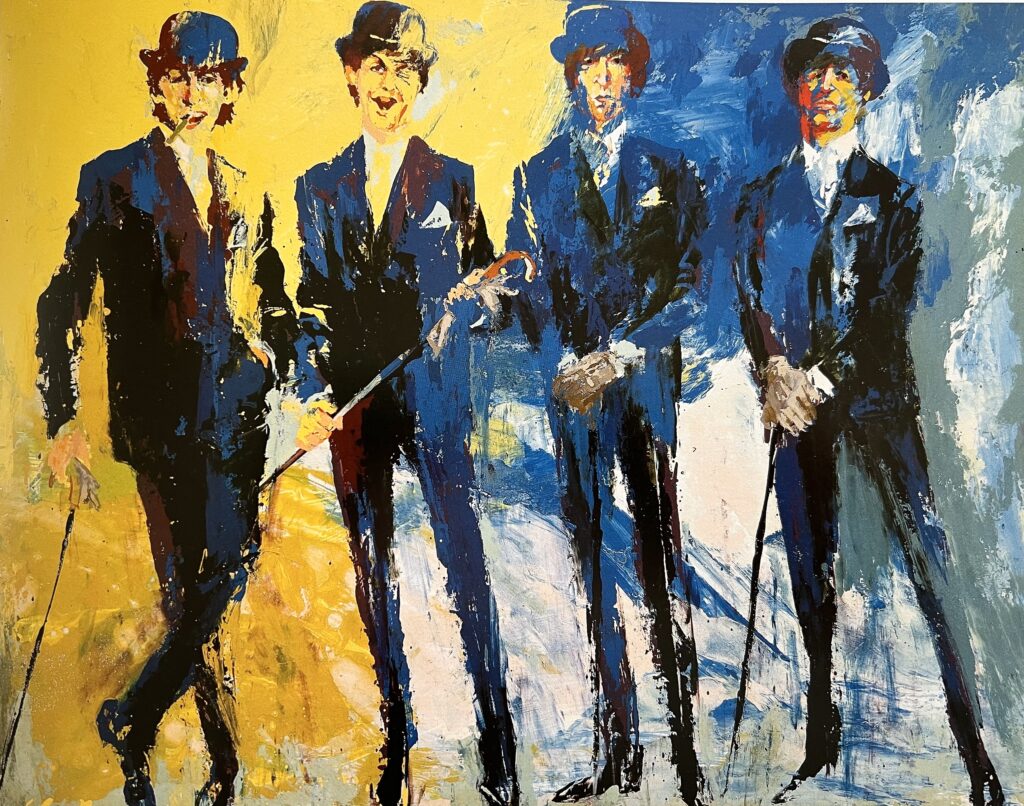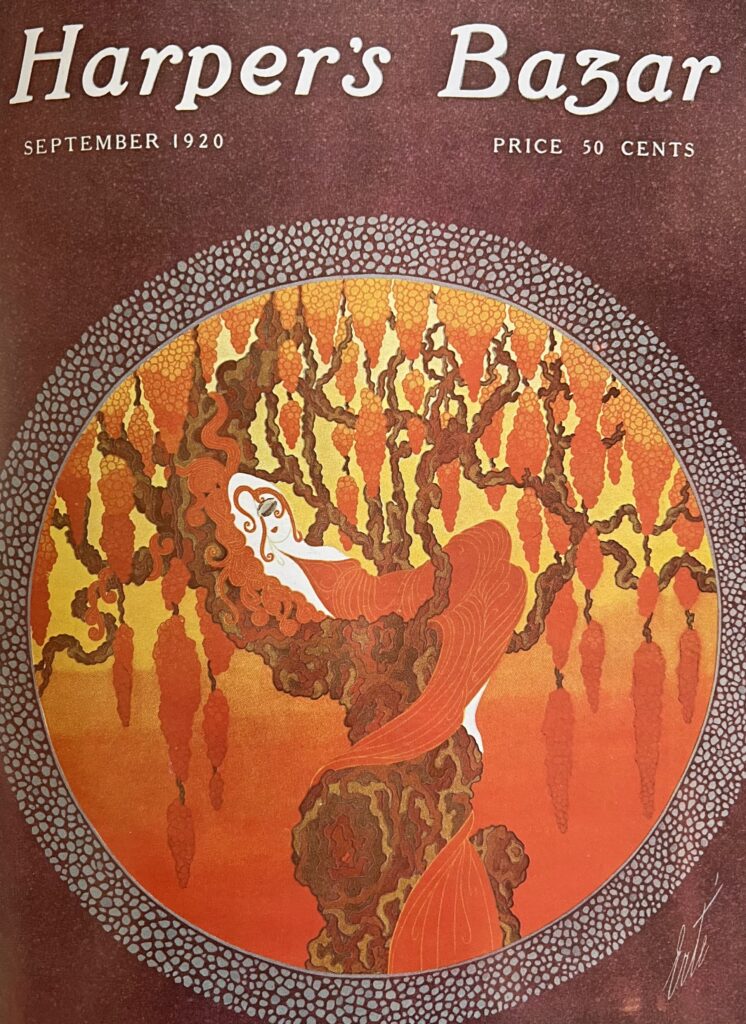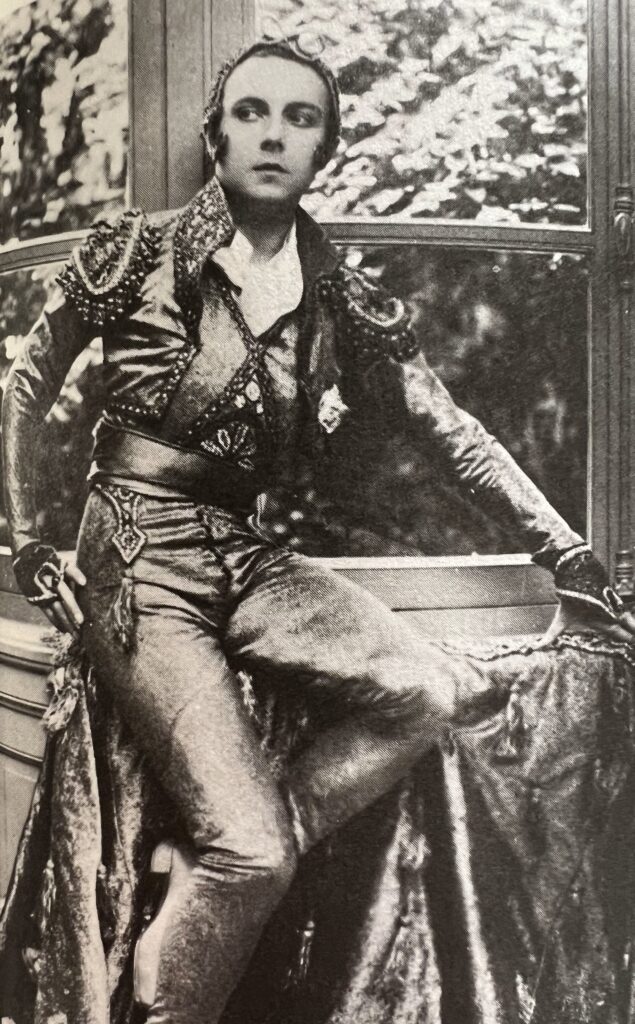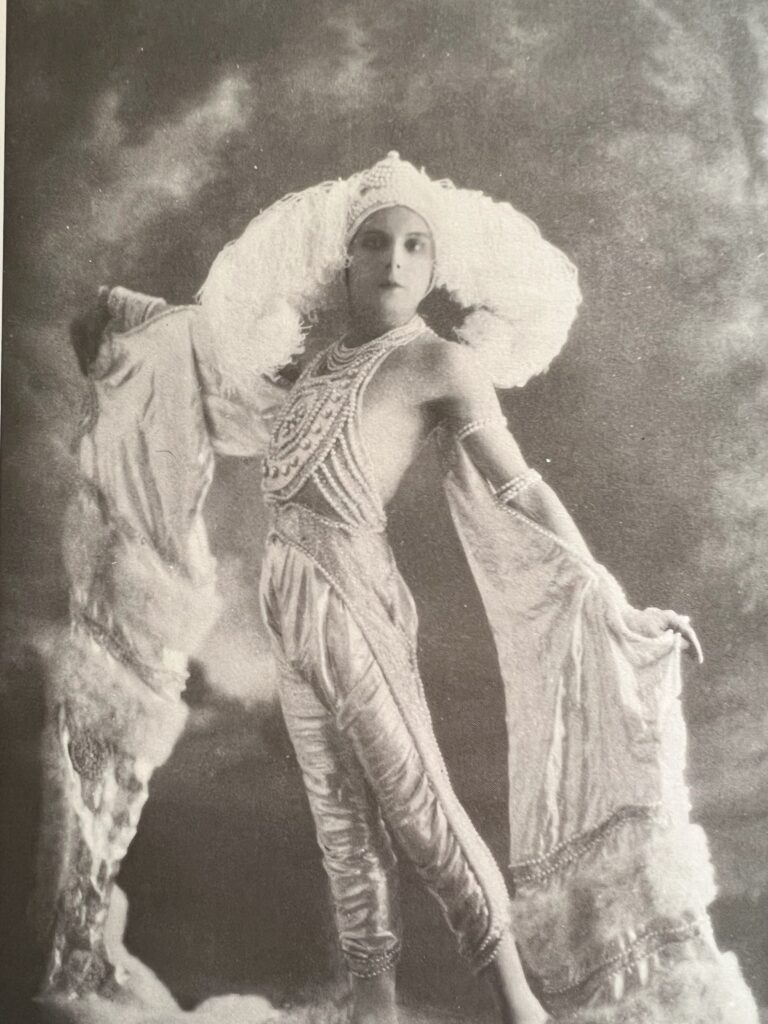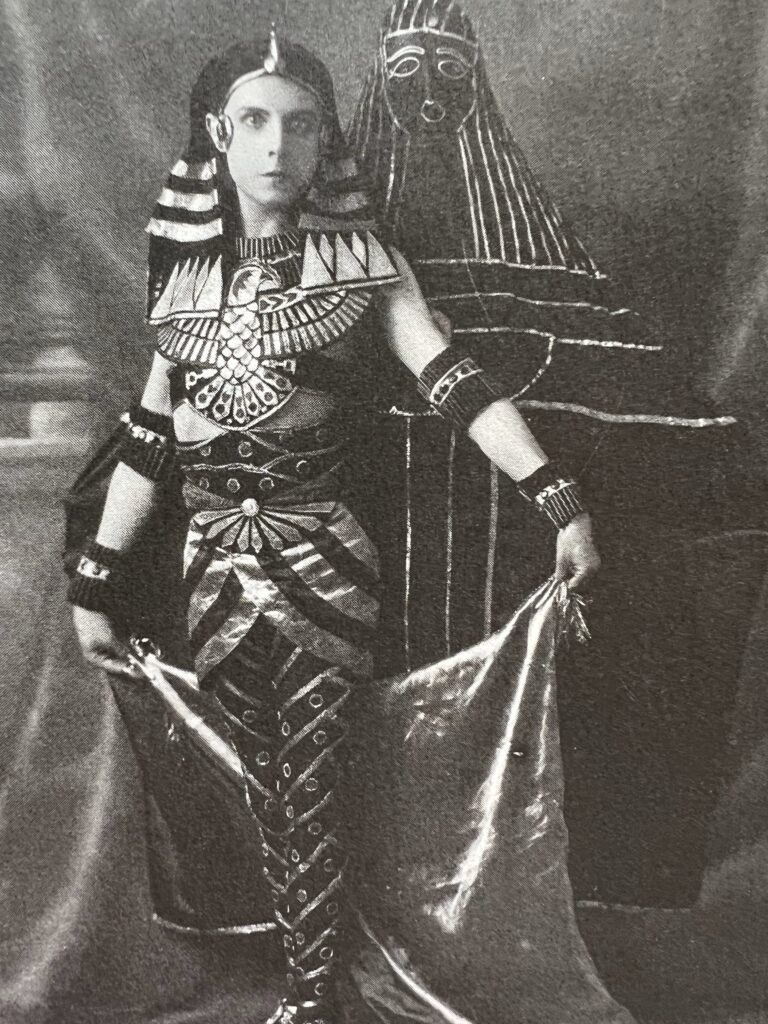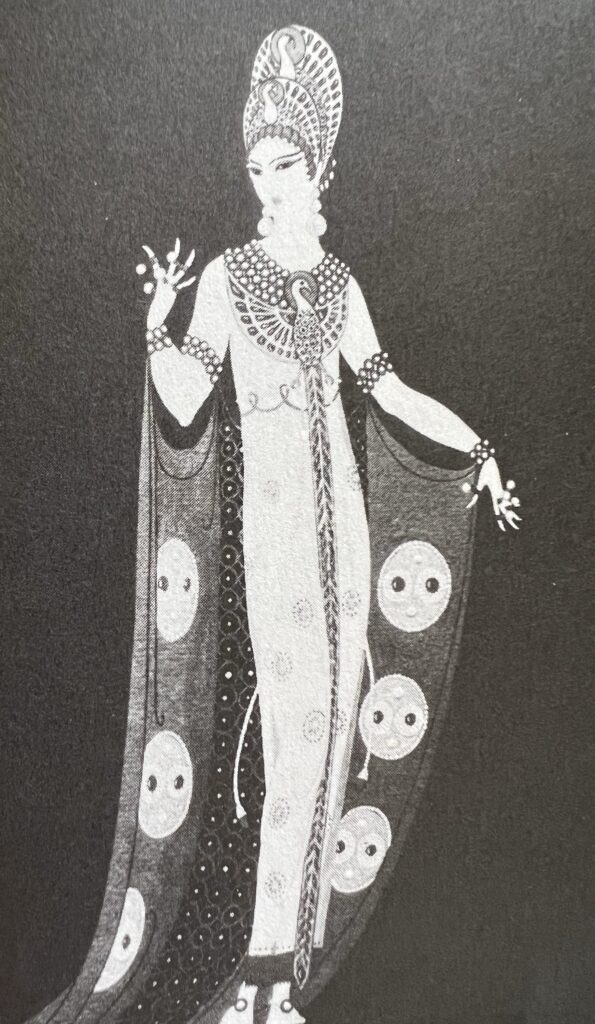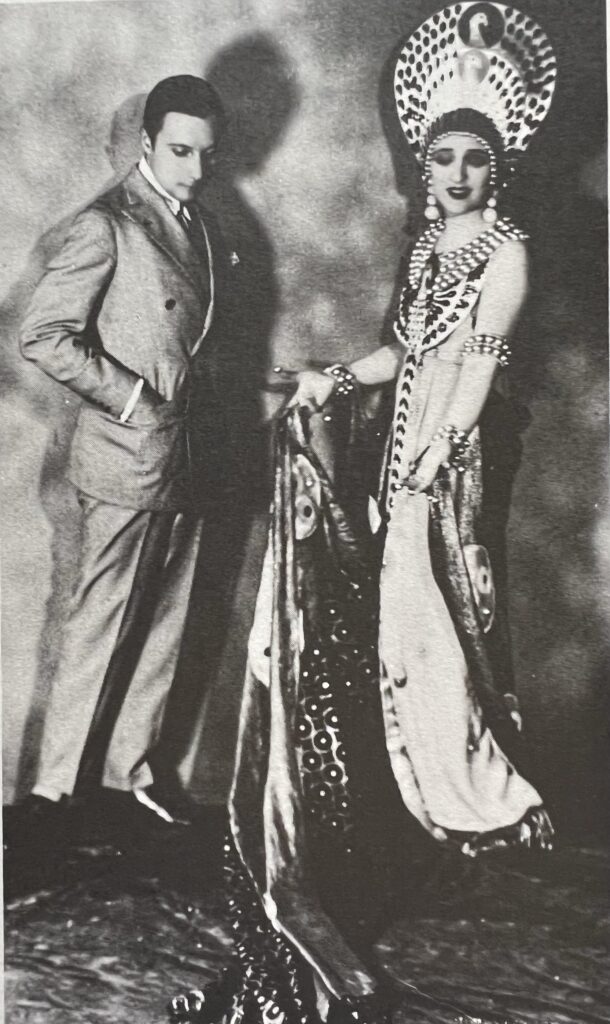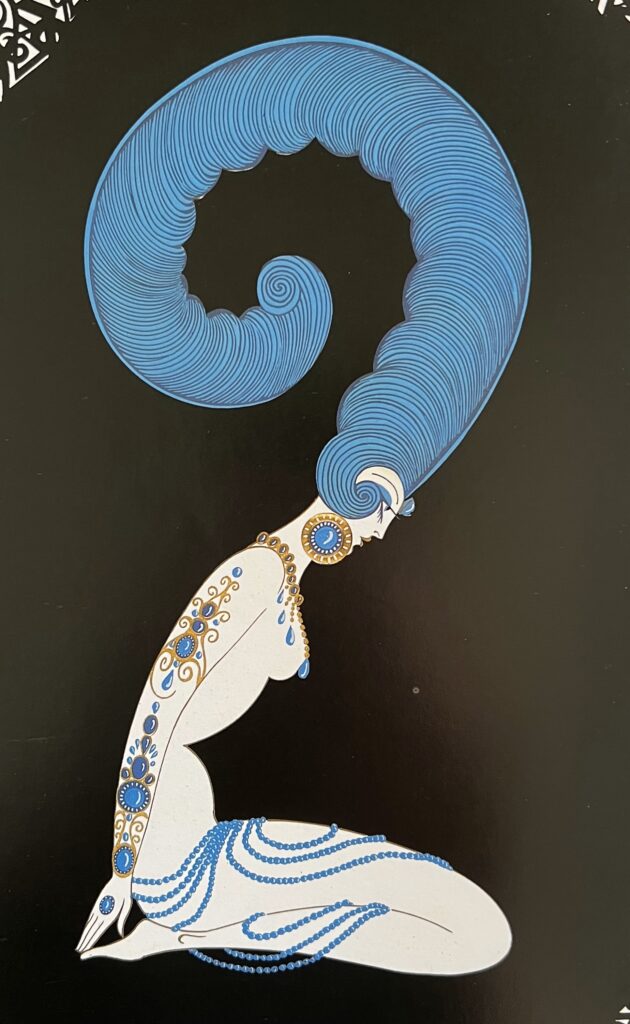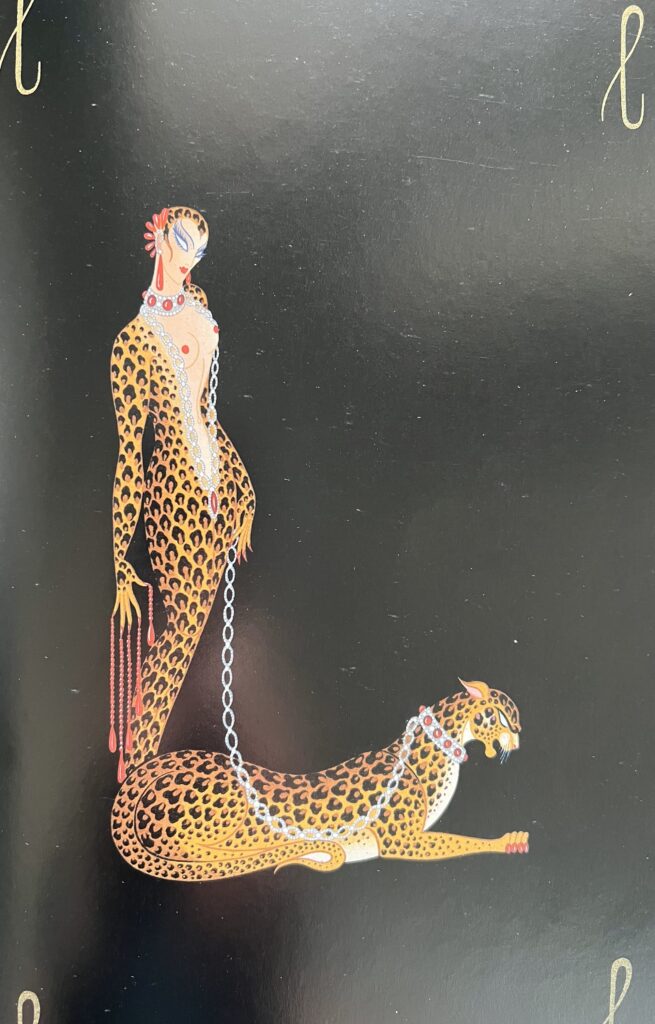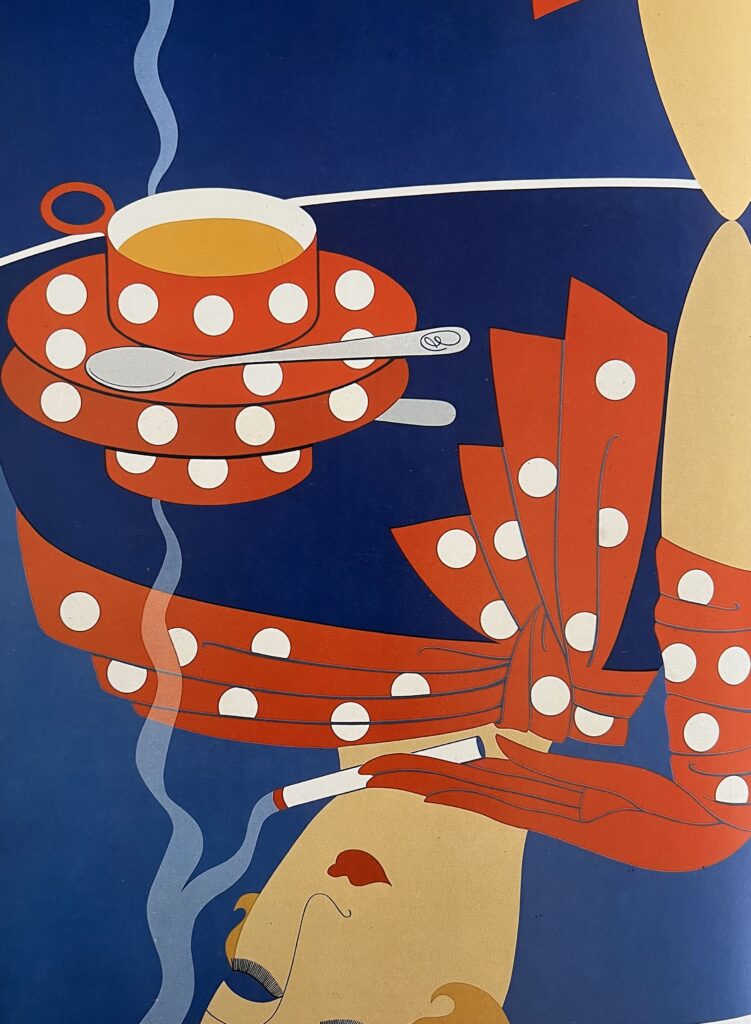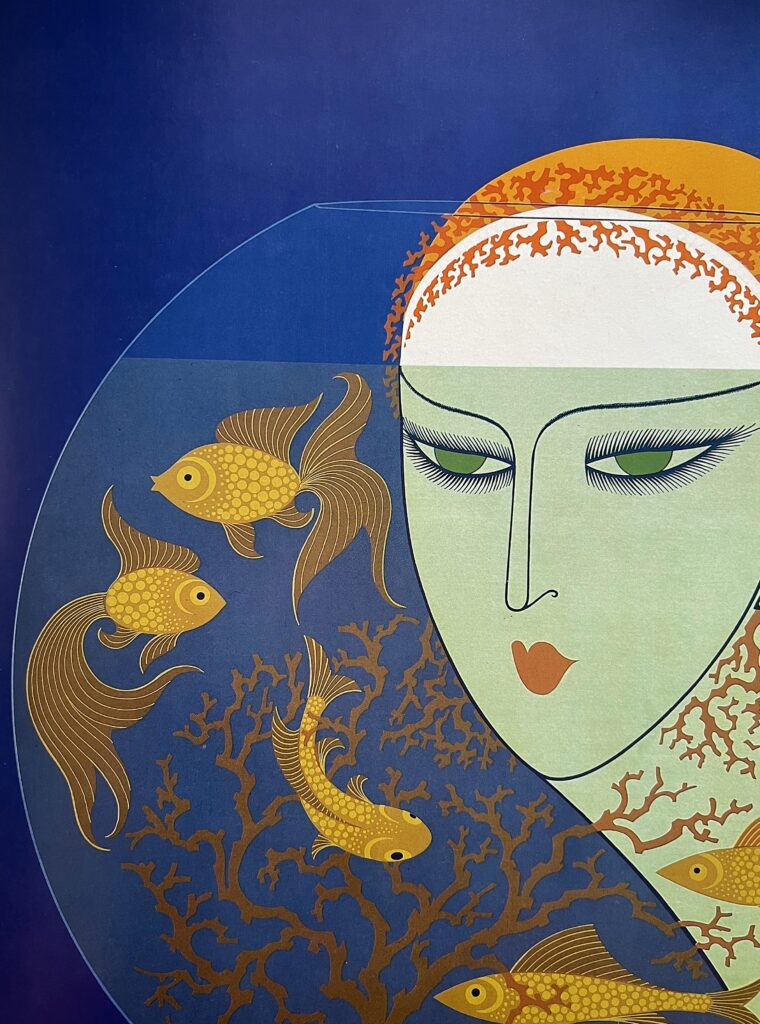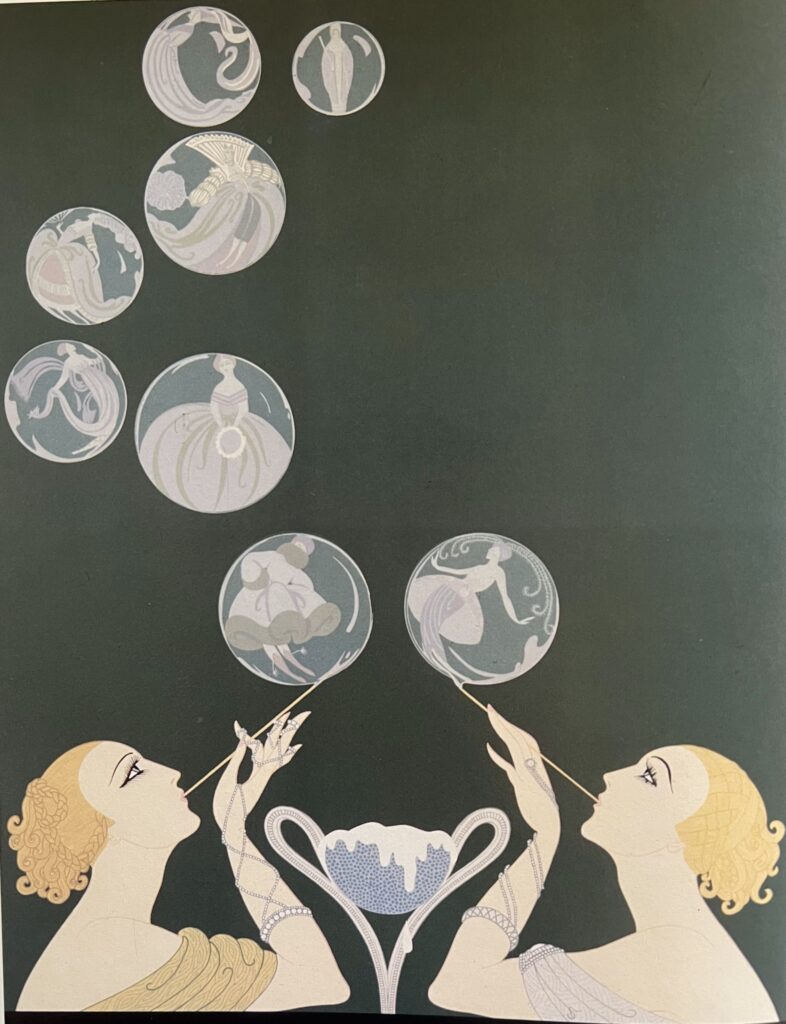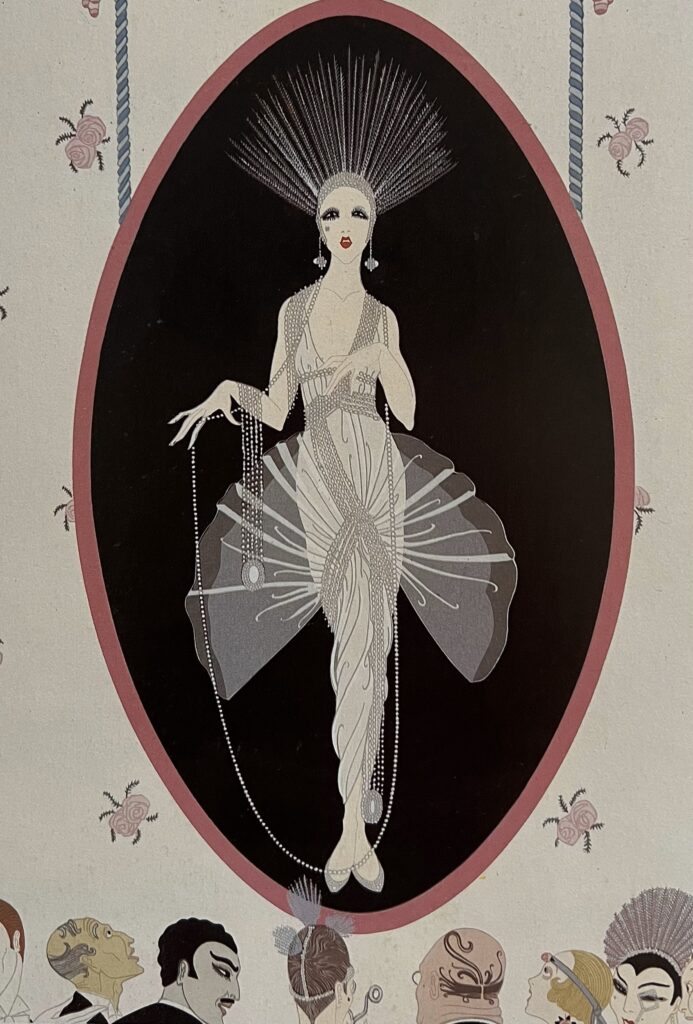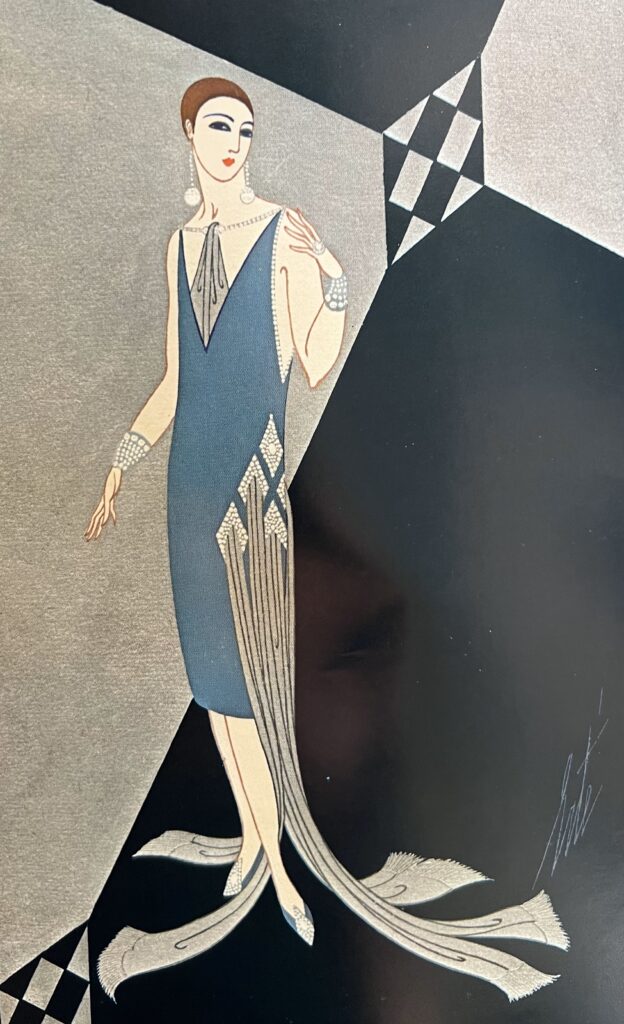(Spirits conjure up memories of gallery daze, Erté & artist LeRoy Neiman)

What spirits have been haunting me lately?
Many! Read on to find out more…
As a person matures, they start a mysterious rewinding process, much like birth-in-reverse, and ghosts from the past leap out from every nook and cranny.
This past week, thanks to such forces, I relived my life in San Francisco during the 1980s and 90s. At the time, I was employed in the commercial art world, installing art exhibitions at the Dyansen Gallery chain. I traveled a lot on the West Coast between Beverly Hills, San Diego and Maui, where we operated four different galleries, but I was typically stationed at Dyansen Gallery in San Francisco, hanging our many Erté art retrospectives. Erté had become the poster child for the Art Deco movement, was incredibly prolific and was well into his 80s at that time.
Installing Erté’s artwork was no small feat. During his eight decades of life, he’d produced a plethora of original gouaches, a multitude of lithographs & serigraphs (silkscreens), as well as several bronze sculpture collections. It was an incredibly lucrative business whereby many art dealers (as well as Erté) grew fabulously wealthy.
Arranging Erté’s bronze sculpture collections on their signature black lacquer pedestals became my favorite part, as well as the sculpture’s precision lighting. This was still the era when halogen lighting was state of the art, and it predated the LED lighting that galleries currently use.
Halogens were expensive to operate and generated a great deal of heat. My favorite bulbs quickly became 50-watt PAR 36s which came in wide flood, flood, spot, as well as pin-spot versions. These bulbs were installed in metal casings that plugged into tracks which were mounted in a steel framework known as Structura, manufactured by the Italian company, Targetti.
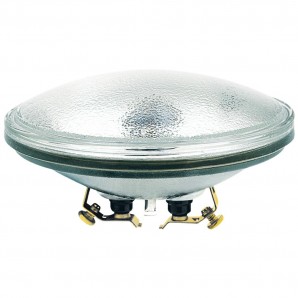



Such track lighting was able to achieve dramatic effects on art which has never been equaled to date. Structura by Targetti was and still is, the definitive method for lighting artwork, not yet surpassed.
Q50 MR16 halogen lights were the next gallery fad. They were cheaper to use, and their burn time was significantly longer. The problem with these bulbs – as they aged, they developed an annoying yellow cast, not at all flattering for showcasing art. To combat the issue, General Electric developed their “Constant Color” which had a silver coating on back of the bulb, thus preventing the dreaded yellow glow that was toxic when selling expensive artwork. As the GE brand was pricier, many galleries opted to put up with the ever-present yellow haze generated by the standard Q50 bulbs.
My lighting memories (thanks to the invisible forces at work) morphed into recollections of some of my favorite exhibitions and artists, many of whom it was impossible to display in a negative light. LeRoy Neiman, (1921-2012), was one such master, and his original paintings, pastels and line drawings once graced Hugh Hefner’s Playboy Clubs.
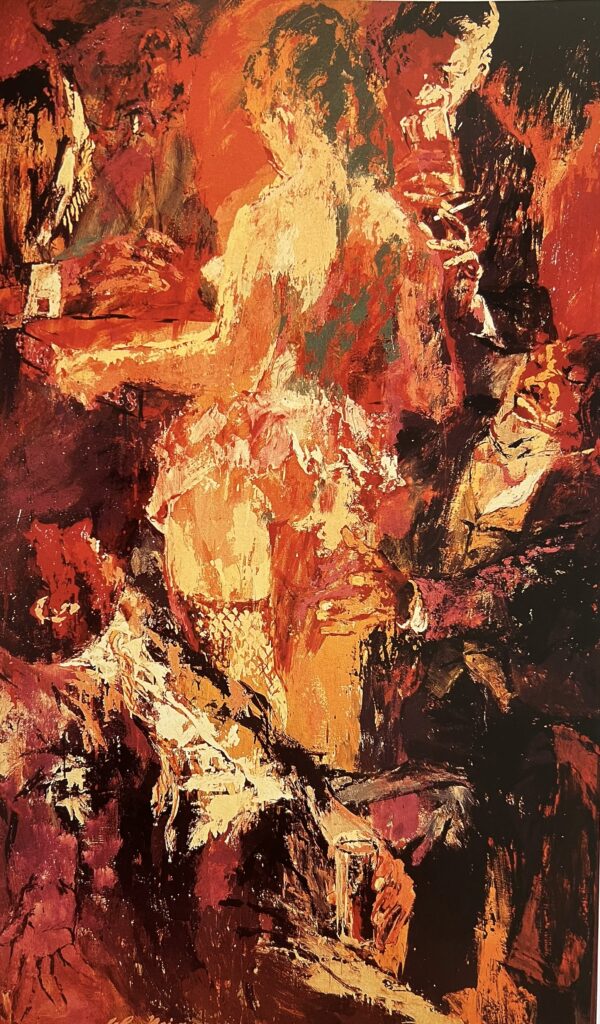
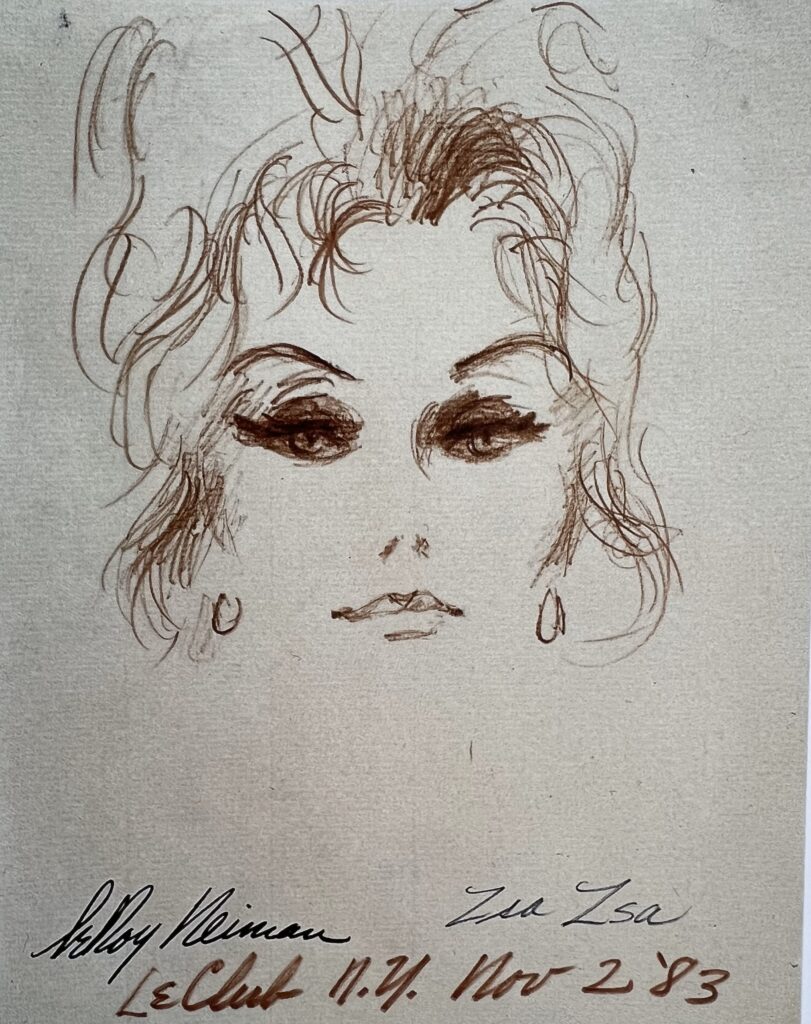
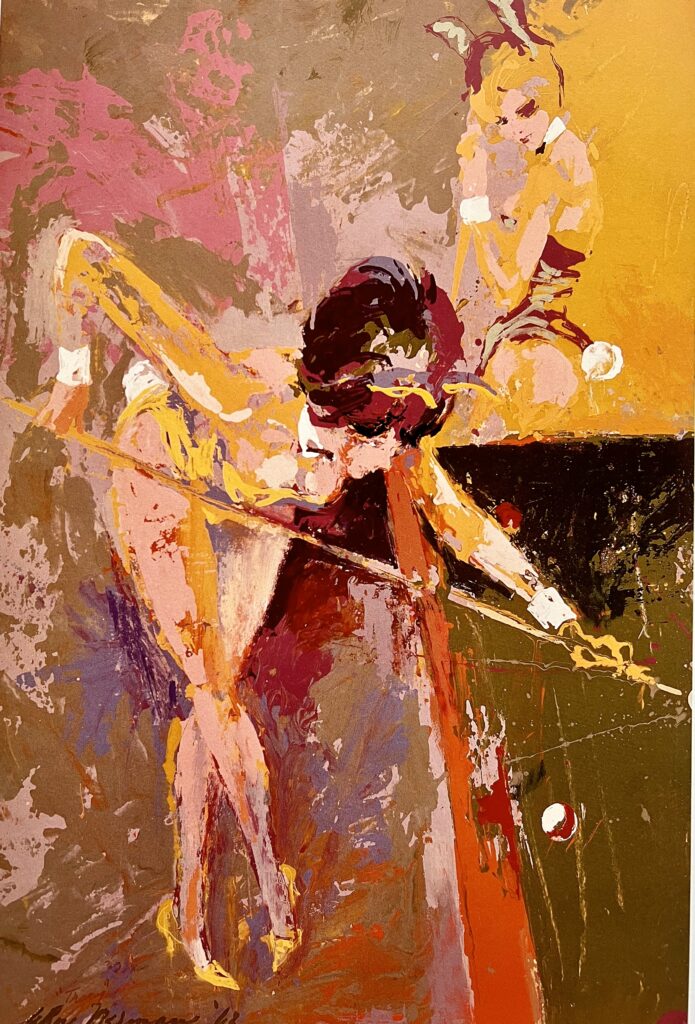
I recalled in early autumn, 1989, about one month before San Francisco’s infamous October 1989 earthquake, when one of my most memorable shows took place. It was the LeRoy Neiman exhibition of original Playboy Club art.
It was virtually impossible to display Neiman’s work in a negative light.
The artist was an imposing, impressive figure I might add, who towered above me at well over 6 feet and was always sporting his trademark handlebar moustache. It was quite a sight and one I shall never forget.
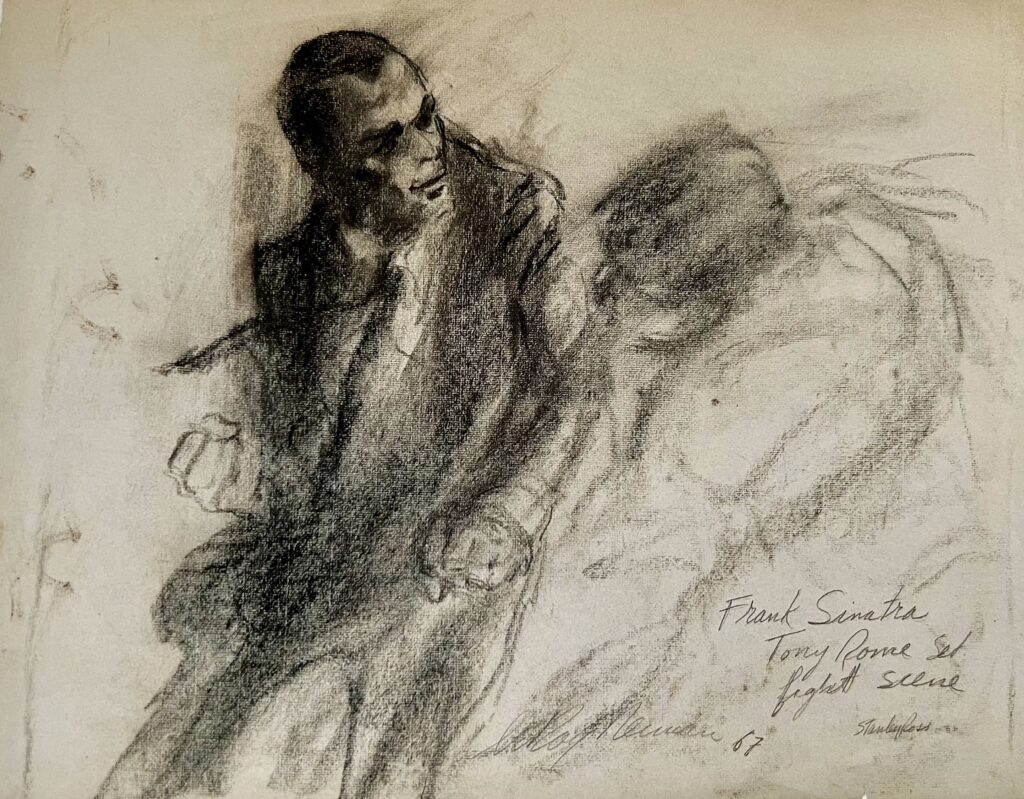
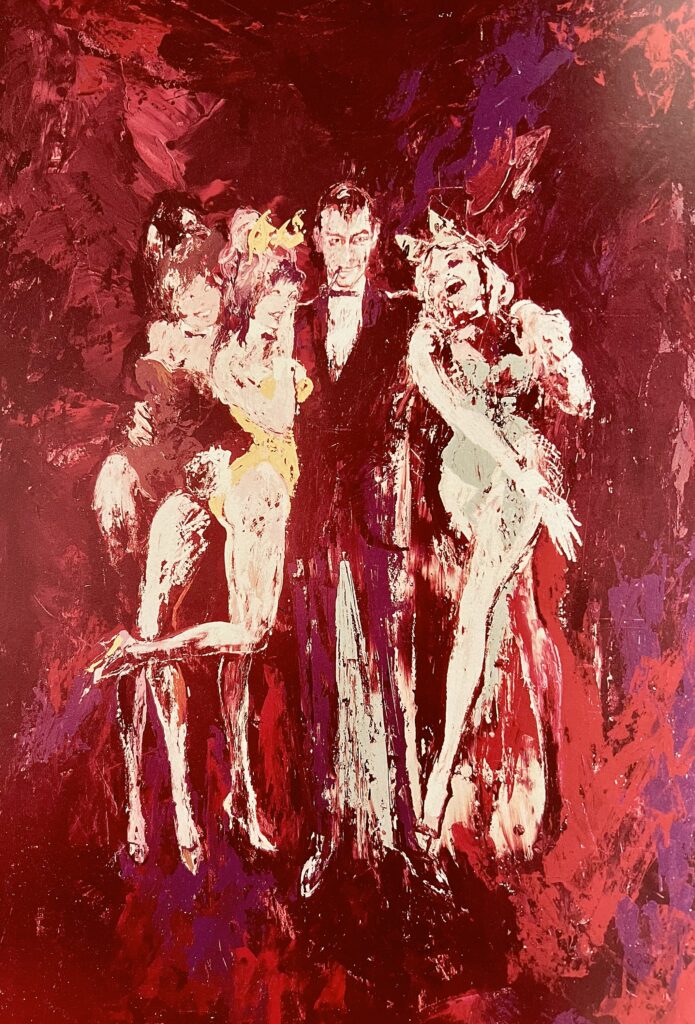
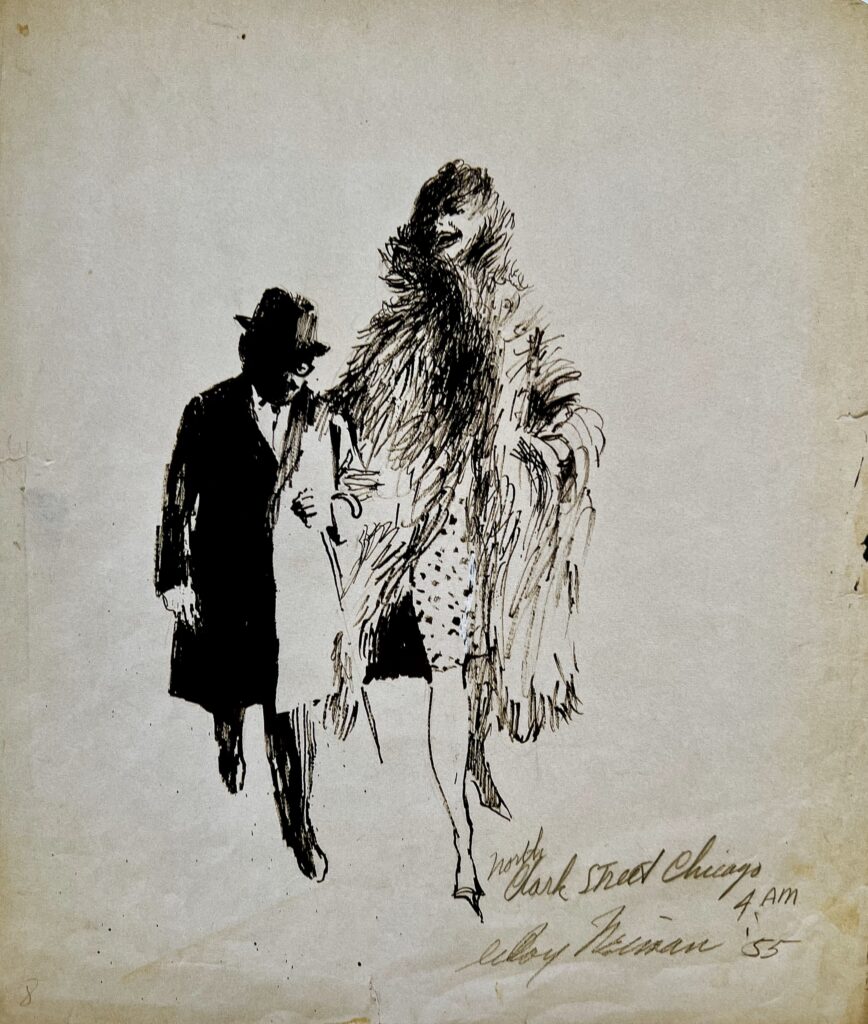
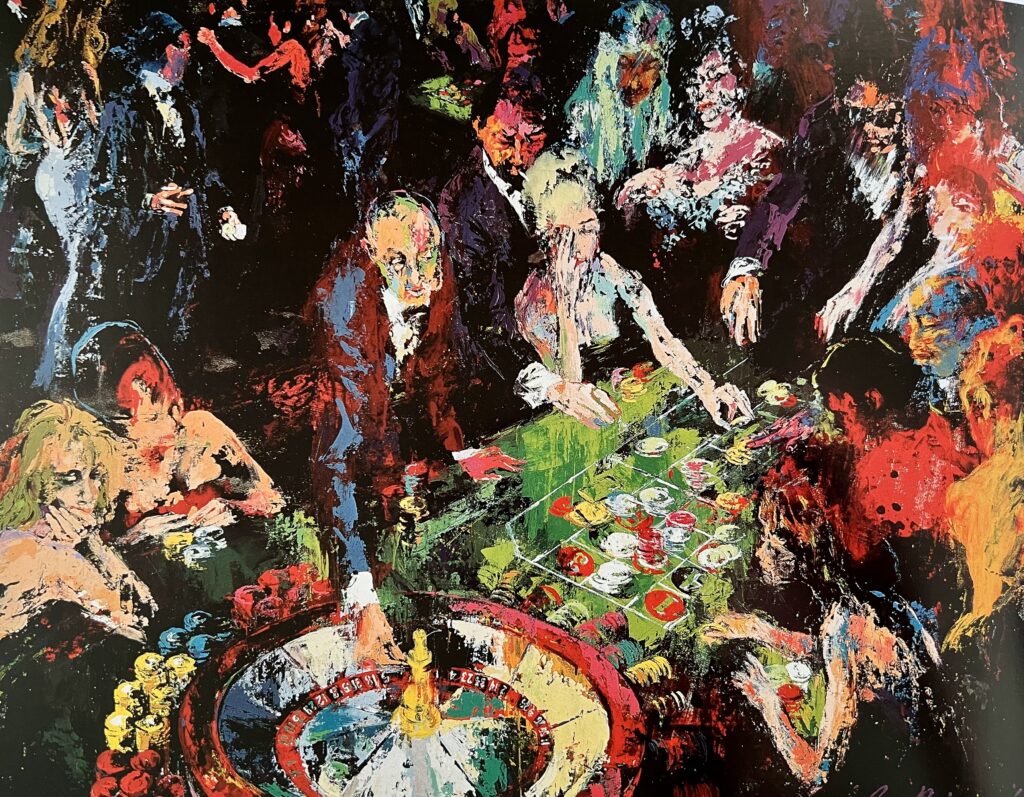
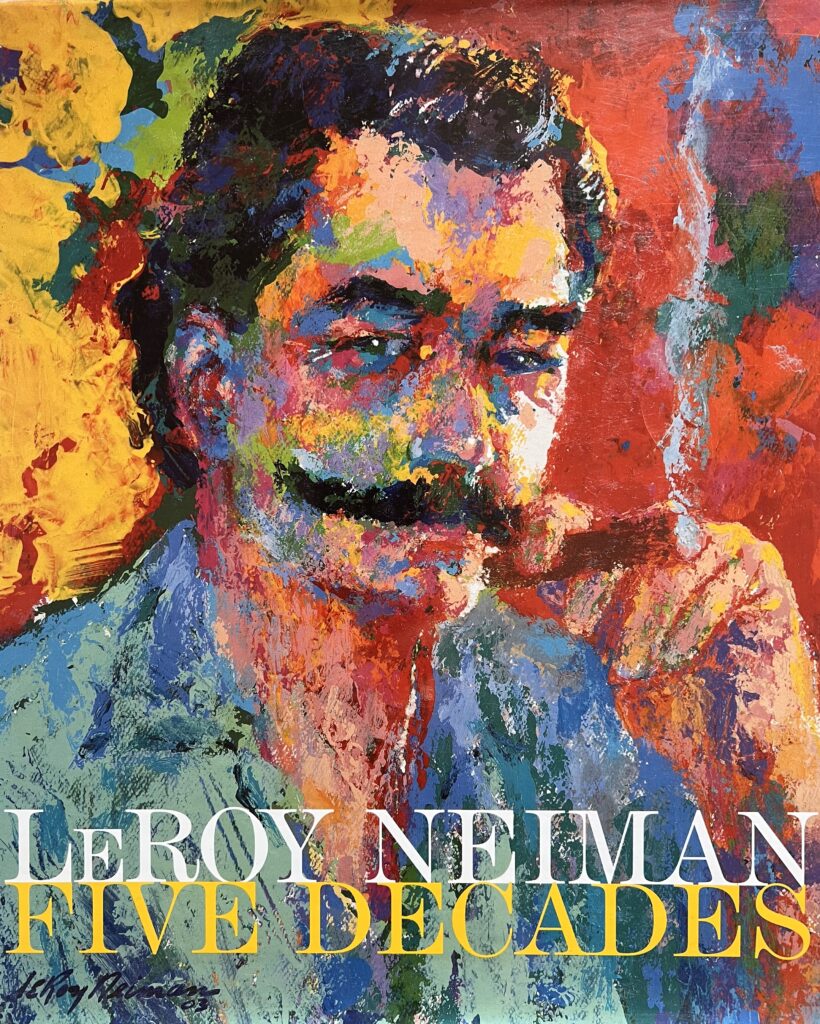
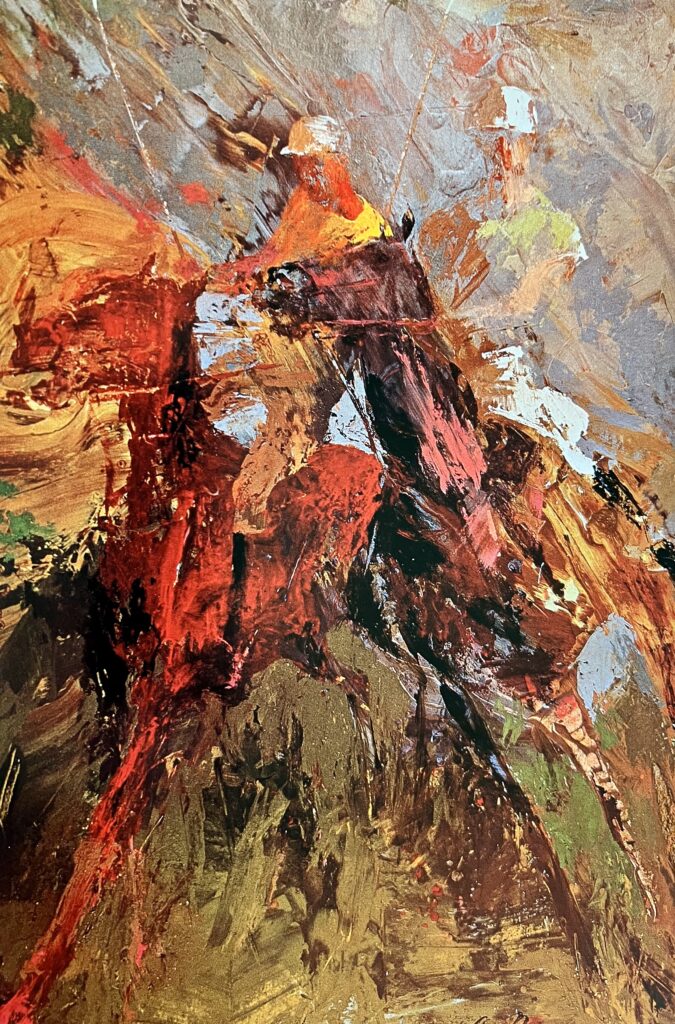
Neiman’s works are pictured below from the book, LeRoy Neiman Five Decades. A biography of Neiman can be found on Wikipedia: https://en.wikipedia.org/wiki/LeRoy_Neiman
I can feel more ghosts in the queue just waiting to confront me, including that of artist and humorist, Charles Bragg (1931 – 2017), that Dyansen carried exclusively for many years, as well as pin-up artist, Alberto Vargas (1896-1982) who we didn’t represent.
Those are stories for another day. I’m exhausted from communing with the dead and need a week’s rest.
Until next time…
